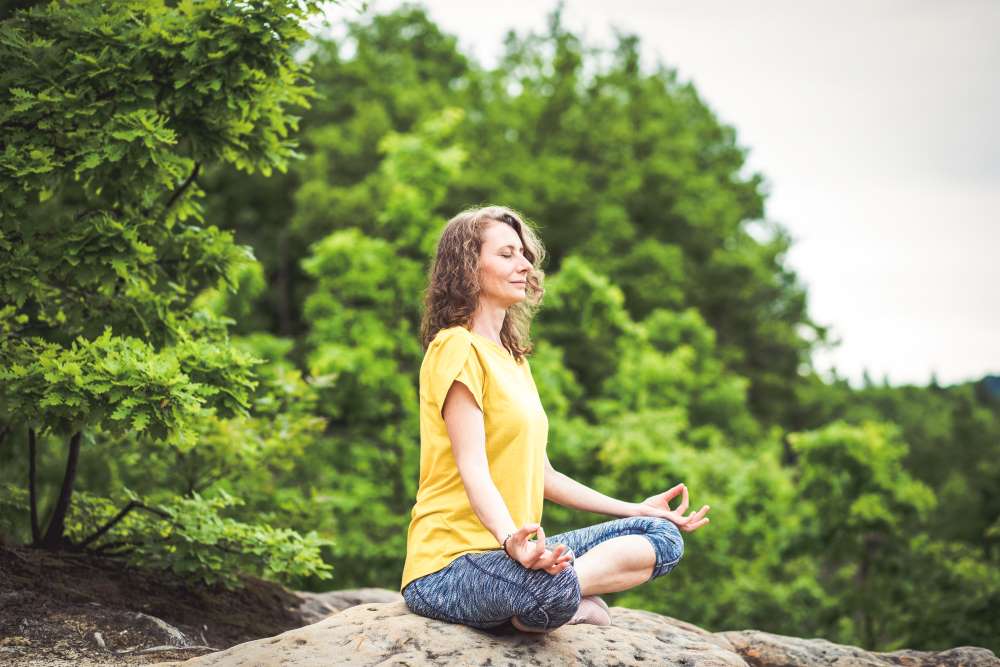
Complementary health practices can teach us a lot about good mental, physical, and spiritual health. Practices such as Qi Gong and forest bathing that have been used for thousands of years are now being validated by modern science and are worth considering to help you manage stress and anxiety, and even promote better metabolic health.
References Aman J., et al. The effectiveness of proprioceptive training for improving motor function: a systematic review. Frontiers in Human Neuroscience. 2014;8:1075. Jahnke R., et al. A Comprehensive Review of Health Benefits of Qigong and Tai Chi. American Journal of Health Promotion. 2010;24(6):e1-e25. Meng D., et al. The Effects of Qigong on Type 2 Diabetes Mellitus: A Systematic Review and Meta-Analysis. Evidence Based Complementary and Alternative Medicine. 2018. doi: 10.1155/2018/8182938. Lauche R., et al. Efficacy of Tai Chi and qigong for the prevention of stroke and stroke risk factors. Medicine (Baltimore). 2017;96(45):e8517. Henz D. and Schollhorn W. EEG Brain Activity in Dynamic Health Qigong Training: Same Effects for Mental Practice and Physical Training? Frontiers in Psychology. 2017;8:154. Ka-Yin Yau K. and Yuen Loke A. Effects of forest bathing on pre-hypertensive and hypertensive adults: a review of the literature. Environmental Health and Preventive Medicine. 2020;25:23. Antonelli M., et al. Effects of forest bathing (shinrin-yoku) on levels of cortisol as a stress biomarker: a systematic review and meta-analysis. International Journal of Biometereology. 2019;63(8):1117-1134. Bang K., et al. The effects of a campus forest-walking program on undergraduate and graduate students’ physical and psychological health. International Journal of Environmental Research and Public Health. 2017;14(7):728. Wen Y., et al. Medical empirical research on forest bathing (Shinrin-yoku): a systematic review. Environmental Health and Preventive Medicine. 2019;24:70. Hassan A., et al. Effects of walking in bamboo forest and city environments on brainwave activity in young adults. Evidence-Based Complementary and Alternative Medicine. 2018;2018:1–9.
